 Those of you who regularly follow this blog know that every post in May 2014 was dedicated to the idea of how non-profit organizations build loyalty among various stakeholder groups (e.g. donors, board members, staff, volunteers, clients, etc). All of those posts culminated yesterday when DonorDreams blog hosted this month’s Nonprofit Blog Carnival. The theme for the carnival was “Letting the Nonprofit Sector Go to the Dogs.”
Those of you who regularly follow this blog know that every post in May 2014 was dedicated to the idea of how non-profit organizations build loyalty among various stakeholder groups (e.g. donors, board members, staff, volunteers, clients, etc). All of those posts culminated yesterday when DonorDreams blog hosted this month’s Nonprofit Blog Carnival. The theme for the carnival was “Letting the Nonprofit Sector Go to the Dogs.”
This morning I realized that the month of May isn’t over yet and found myself faced with the following decisions while plodding away on the treadmill:
- Skip today’s post and let readers continue feasting on a ton of content left over from yesterday’s Nonprofit Blog Carnival
- Write one more post on loyalty
- Pretend that it is June and push forward with new topics
While it was tempting to skip a day, I ultimately decided to stay the course with one more post about building loyalty.
Instead of pontificating on the subject, it dawned on me that in all of my reading on the subject of loyalty there are always beefy bibliography sections and references. So, I decided to toss a bone to those of you who are thirsty for more reading on this subject by publishing some of the more interesting written and online references and tools (in a few cases the reources are books and the link points you to amazon.com).
 Enjoy the reading!
Enjoy the reading!
- The Loyalty Effect: The Hidden Force Behind Growth, Profits, and Lasting Growth by Frederick Reichheld
- Loyalty Rules! How Today’s Leaders Build Lasting Relationships by Frederick Reichheld
- “Dimensions of brand personality” by Jennifer L Aaker in the Journal of Marketing Research; Aug 1997
- “Why Do People Give? An Empirical Study on the Motives and Characteristics behind Individual Charitable Giving in England” by Loy Hui Sheng, Sylvester at the Department of Economics, University of Warwick, Coventry, UK
- “The Use of Pledges to Build and Sustain Commitment in Distribution Channels” by Erin Anderson and Barton Weitz in the Journal of Marketing Research; Feb 1992
- “Donor Retention: What Do We Know & What Can We Do about It?” by Adrian Sargeant in the Nonprofit Quarterly; August 15, 2013
- “What do donations buy? A model of philanthropy based on prestige and warm glow” by William Harbaugh in the Journal of Public Economics, May 1997
- “Managing donor defection: Why should donors stop giving?” by Adrian Sargeant in New Directions for Philanthropic Fundraising, Summer 2001
- “Ten Steps to Fundraising Success: Choosing the Right Strategy for Your Organization” by Mal Warwick and Stephen Hitchcock
- “Retaining donors with mission-driven stewardship events” by Shanon Doolittle in association with the Donor Retention Project
Have you read something recently on the subject of building loyalty hat your fellow non-profit peers might benefit from reading? If so, please use the comment box below to share that resource and point us in the right direction.
I hope you’ve enjoyed this month’s focus on building loyalty including the big build up to the May 2014 Nonprofit Blog Carnival.
Here’s to your health!
Erik Anderson
Founder & President, The Healthy Non-Profit LLC
www.thehealthynonprofit.com
erik@thehealthynonprofit.com
http://twitter.com/#!/eanderson847
http://www.facebook.com/eanderson847
http://www.linkedin.com/in/erikanderson847

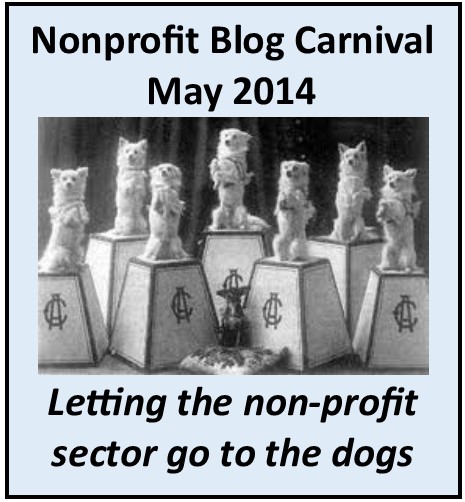 Welcome to the May 2014
Welcome to the May 2014 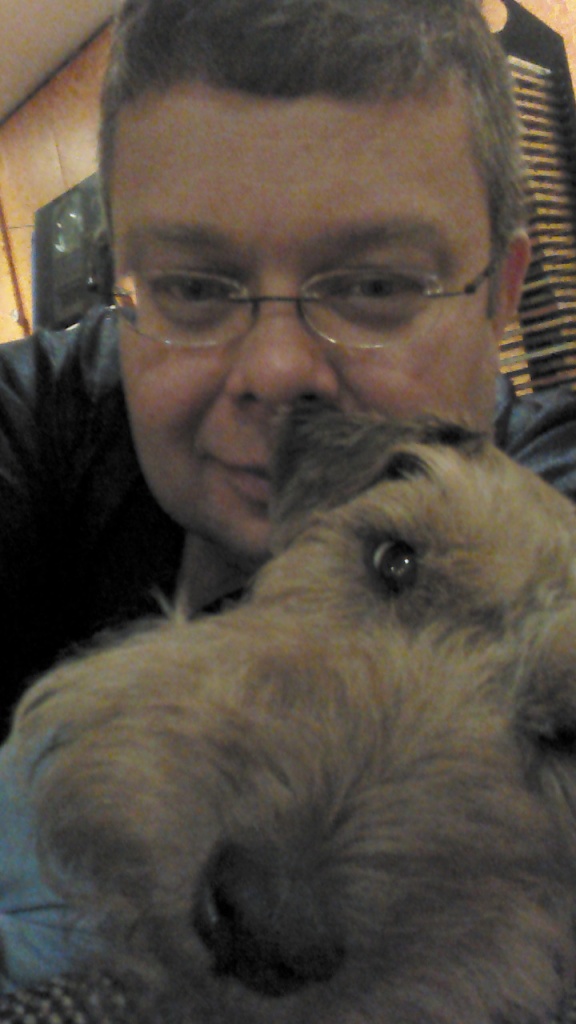 Donor loyalty & fundraising
Donor loyalty & fundraising
 Brand loyalty, marketing & social media
Brand loyalty, marketing & social media At DonorDreams blog, I dedicated the entire month of May to this month’s Nonprofit Blog Carnival theme of loyalty.
At DonorDreams blog, I dedicated the entire month of May to this month’s Nonprofit Blog Carnival theme of loyalty. When I decided to ask local non-profit organizations to use my blog platform to talk about some aspect of building loyalty with a particular stakeholder group, I sent out a ton of email and social media requests to former clients and friends asking them to consent to an interview or send me something in writing.
When I decided to ask local non-profit organizations to use my blog platform to talk about some aspect of building loyalty with a particular stakeholder group, I sent out a ton of email and social media requests to former clients and friends asking them to consent to an interview or send me something in writing. When I decided to ask local non-profit organizations to use my blog platform to talk about some aspect of building loyalty with a particular stakeholder group, I sent out a ton of email requests to former clients asking them to consent to an interview or send me something in writing.
When I decided to ask local non-profit organizations to use my blog platform to talk about some aspect of building loyalty with a particular stakeholder group, I sent out a ton of email requests to former clients asking them to consent to an interview or send me something in writing.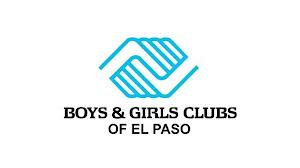
 “It all ties together,” explains Jaime. “The big challenge is creating a culture that appreciates and strives to create loyalty.”
“It all ties together,” explains Jaime. “The big challenge is creating a culture that appreciates and strives to create loyalty.”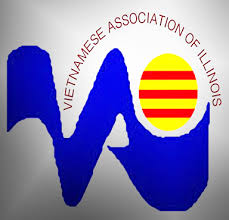
 Understanding that it isn’t enough to just give the staff a forum, Paul and the board of directors listened and developed a plan of action to help employees with their healthcare challenges.
Understanding that it isn’t enough to just give the staff a forum, Paul and the board of directors listened and developed a plan of action to help employees with their healthcare challenges.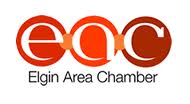
 Every good planning process begins with some form of evaluation. It could look like a SWOT analysis. It could be significantly more intensive and involve going through an accreditation process. Regardless of what evaluation process you use, good planning starts with evaluation because it is difficult to figure out where you want to go if you don’t know where you are currently.
Every good planning process begins with some form of evaluation. It could look like a SWOT analysis. It could be significantly more intensive and involve going through an accreditation process. Regardless of what evaluation process you use, good planning starts with evaluation because it is difficult to figure out where you want to go if you don’t know where you are currently.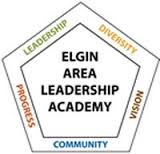
 Approximately 14 years ago, I was a young and eager executive director of a non-profit organization in Elgin, Illinois. While I had already worked in a number of different capacities in the non-profit sector, it was the first time I had held the job of “executive director.” Thinking back to that time in my life is where I pull my inspiration for the May 2014
Approximately 14 years ago, I was a young and eager executive director of a non-profit organization in Elgin, Illinois. While I had already worked in a number of different capacities in the non-profit sector, it was the first time I had held the job of “executive director.” Thinking back to that time in my life is where I pull my inspiration for the May 2014 
 How to submit your work for consideration?
How to submit your work for consideration? Miscellaneous details?
Miscellaneous details? Welcome to O.D. Fridays at DonorDreams blog. Every Friday for the foreseeable future we will be looking at posts from John Greco’s blog called “
Welcome to O.D. Fridays at DonorDreams blog. Every Friday for the foreseeable future we will be looking at posts from John Greco’s blog called “ The point I’m trying to make is that most non-profit organizations have built a culture that revolves around THE CLIENT. This focal point is so intense that ideas threatening to shift that focus are often seen as heresy.
The point I’m trying to make is that most non-profit organizations have built a culture that revolves around THE CLIENT. This focal point is so intense that ideas threatening to shift that focus are often seen as heresy.